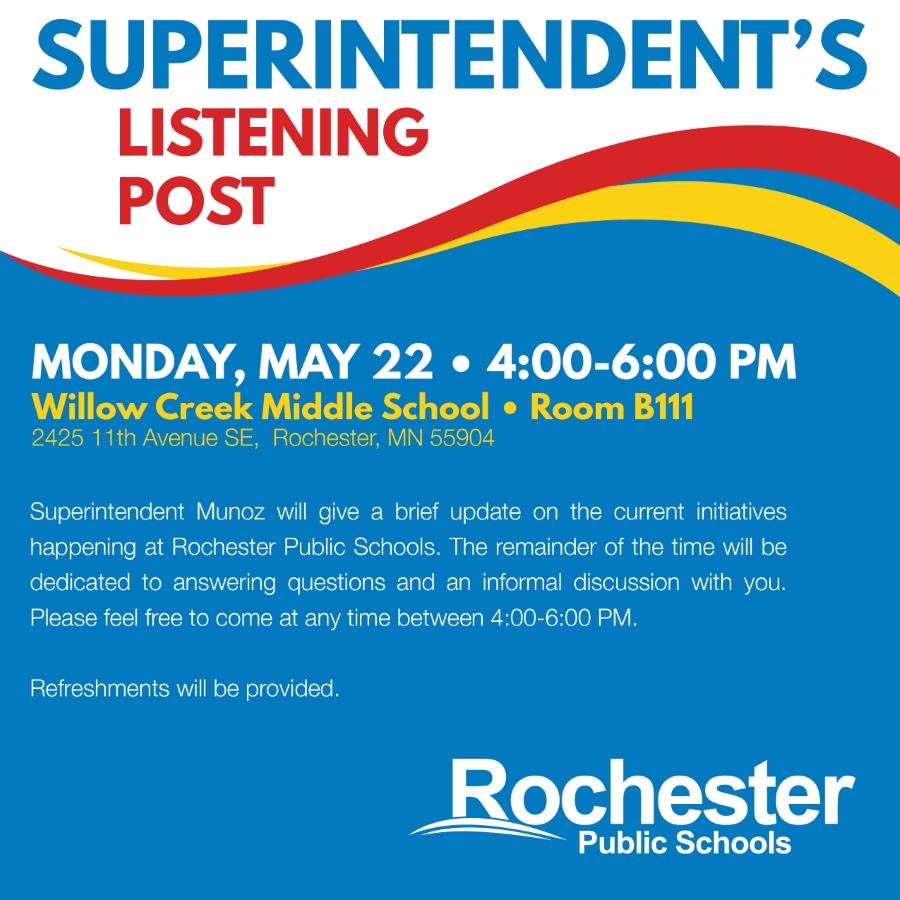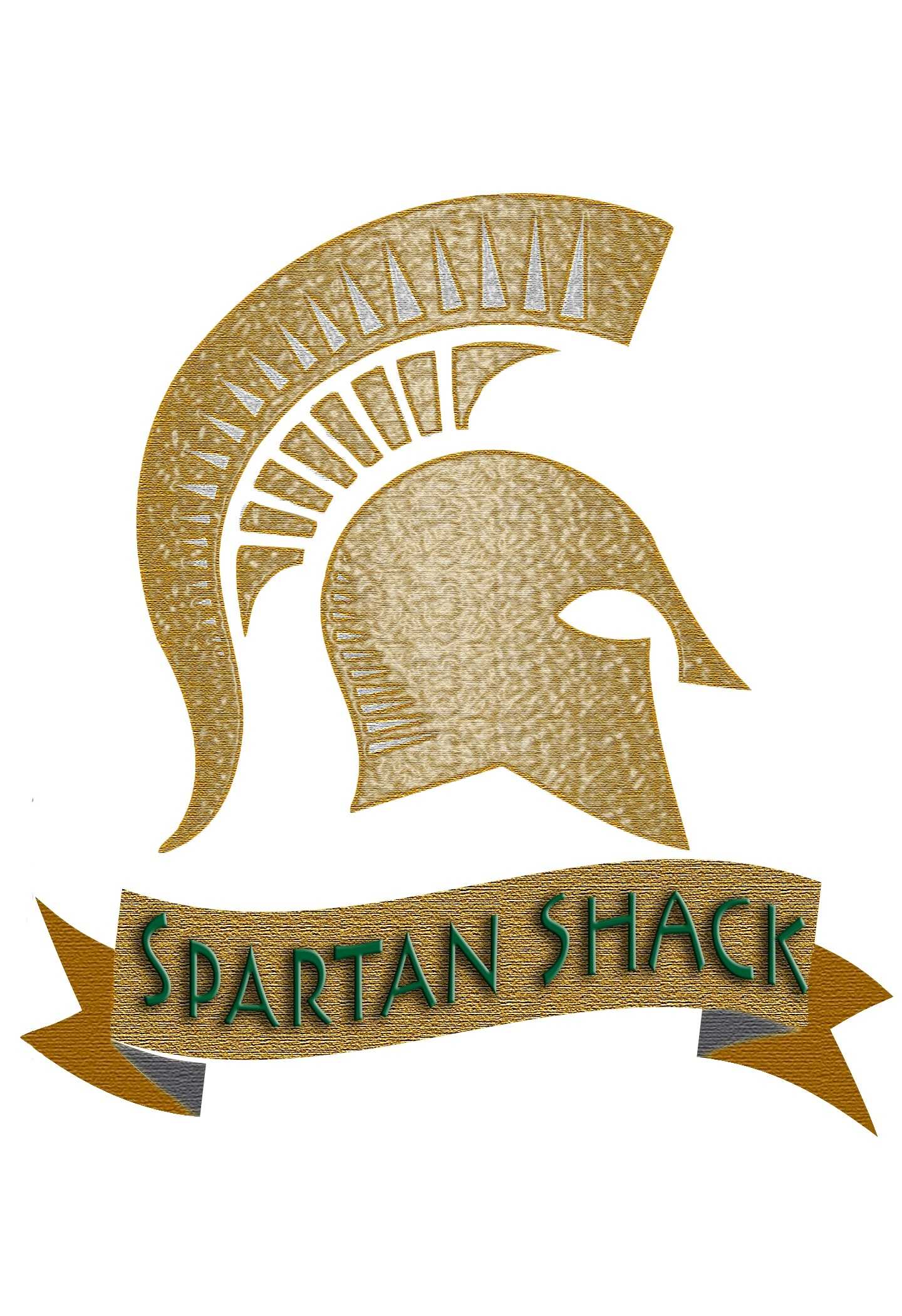The Black Panthers: A Revolutionary Party
February 24, 2023
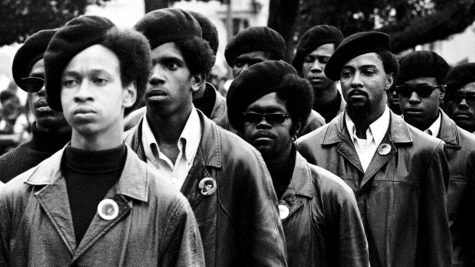
Founded in 1966 as a political organization after the assassination of Malcolm X and after an unarmed teen named Mathew Johnson was murdered by police, the Black Panthers started a movement to help Black Americans gain power and safety. Huey Newton and Bobby Seale, two college students in Oakland, California, formed the organization in an effort to combat police brutality against African Americans. Its later goal was to elect more Black Americans into political office. They had a ten point system plan that would help empower and grow their financial situation. The organization would monitor what the police were doing in black neighborhoods to keep the people safe. The members would dress in black berets and black leather jackets, patrolling Oakland and other major cities around the US (History.com).
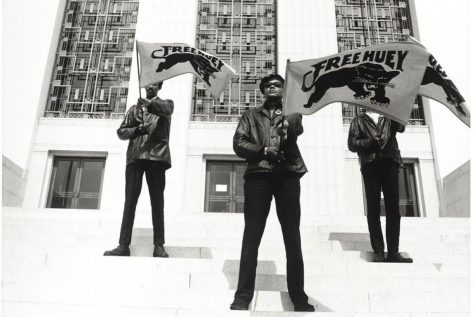
A few years after it was formed, the Black Panthers grew to over 2,000 members spread out across Los Angeles, New York, and Chicago. The Black Panthers started a few free health clinics and breakfast programs around the USA (History.com). Beyond that, they were instrumental in developing “35 survival programs and an ambulance service” (Britannica.com). One of their goals was to end unemployment by getting more African Americans into jobs. They also helped with transportation resources, educational support, and even clothing assistance, by giving away free shoes to the less fortunate (Britannica.com).
As benevolent as they aspired to be, the Black Panthers were not seen without opposition; in fact, many in the FBI were against them, calling it a communist group and their director calling the group, “the greatest threat to national security” (Duncan). The FBI made plots designed to dismantle the group; for example, they would use misinformation, lethal force, and sabotage. Ultimately, their efforts were in vain, and the FBI later publicly apologized, admitting their own “wrongful uses of power” when dealing with the Black Panthers (Britannica.com).
Still, the political organization started to decline due to internal tensions and their involvement in violent encounters. One leader, Huey Newton, allegedly killed a police officer. An editor for the Black Panthers’ newspaper Eldridge Cleaver was involved in a deadly shootout with police, leaving their treasurer, Bobby Hutton, dead (History.com). The list of crimes and examples of violence associated with the party expanded, suspicions intensified, and “in 1969, Black Panther Party member Alex Rackley was tortured and murdered by other Black Panthers who thought he was a police informant” (History.com). This violence towards and from the party continued throughout the subsequent decade.
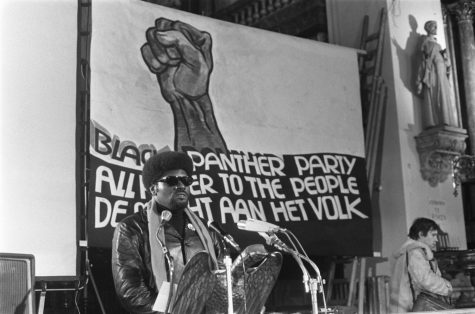
In 1982 the Black Panthers party dissolved after 16 years. In 1989 a new Black Panther party was created but it has no correlation to the old group and was quickly seen as a hate group (History.com).
Although the Black Panthers ended prematurely they left an influential legacy. Even after all these years, the group’s impact is still prevalent; it’s still brought up in modern media and television. The Black Panthers are remembered as a group that helped progress the Civil Rights Movement, helped feed starving children, and educated many Black Americans. They cared for a large portion of American citizens when others in power did not.
Citation Information
Article Title: Black Panthers
Author: History.com editors
Website: History.com
URL: https://www.history.com/topics/black-history/black-panthers
Access Date: February 7, 2023
Publisher: A&E Television Networks
Last updated: January 25, 2022
Original Publish Date: November 3, 2017
Article Title: Black Panther Party
Author: Garrett Albert Duncan
Website: Britannica
URL: https://www.britannica.com/topic/Black-Panther-Party/Legacy
Access Date: February 9,2023
Publisher: Encyclopædia Britannica, Inc
Last Updated: November 11, 2022
Original Publish Date: January 12, 2000
Image 1:
File name: -4-panthers-on-parade-at-free-huey-rally-in-defermery-park-oakland-july-28-1968.-photo-courtesy-of-stephen-shames._wide-c2a3c0470820d318da280cf6614412a295d6bbda.jpg
Original source link: https://www.npr.org/2015/09/23/442801731/director-chronicles-the-black-panthers-rise-new-tactics-were-needed
Name of photographer: Unknown photographer
Date of photograph: 1968
Image 2:
File name: bpanthers-1.jpg
Original source link: https://nmaahc.si.edu/explore/stories/black-panther-party-challenging-police-and-promoting-social-change
Name of photographer: Unknown photographer
Date of photograph: 1968
Image 3:
File name: Albert_Howard_hield_lezing_over_Black_Panther_beweging_in_USA_in_Mozes_en_Aaro,_Bestanddeelnr_923-1651.jpg
Original source link: https://commons.wikimedia.org/wiki/File:Albert_Howard_hield_lezing_over_Black_Panther_beweging_in_USA_in_Mozes_en_Aaro,_Bestanddeelnr_923-1651.jpg
Name of photographer: Unknown photographer
Date of photograph: 1970



